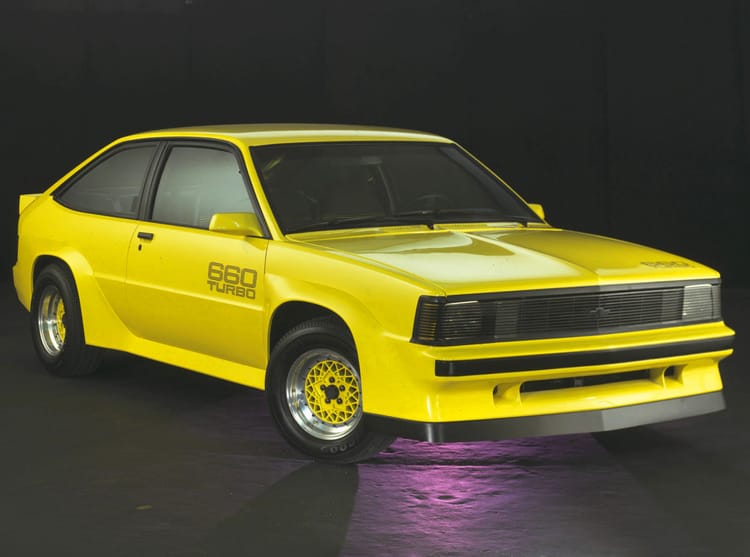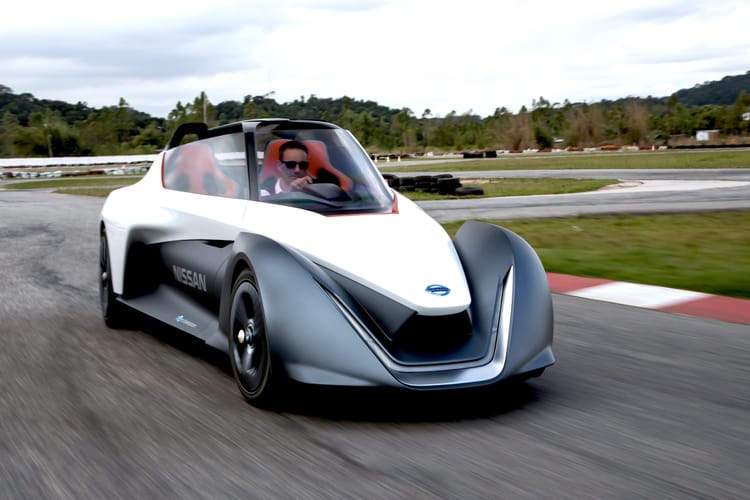Toyota Origin
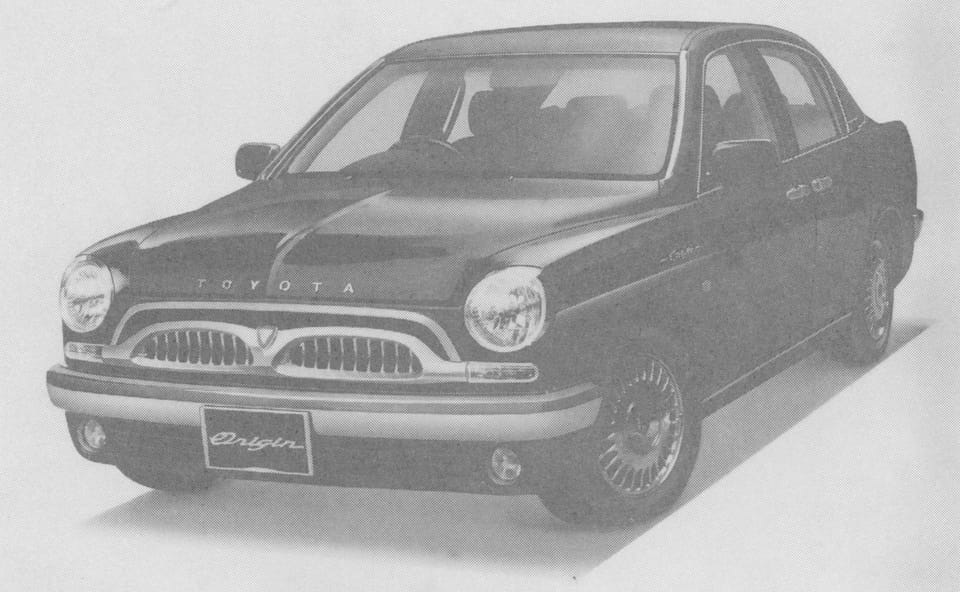
Perception can be a difficult thing to see around. Studies have shown that confirmation bias—the tendency for us to favour information that supports our beliefs and ideas—is a tremendous factor in how we live our lives.
Before today, if I was to ask if it’s likely or not that Toyota produced a hand-built, retro-styled sedan in the year 2000 with suicide doors, wraparound rear windshield, a straight-six engine, and rear-wheel drive, you'd probably say…
“No. Absolutely not, I’d have heard about it by now.” Let’s get into it, then.
Kanto Auto Works is one of Toyota's oldest production facilities. It’s also the place to get a vehicle made if quality is important. It started as a coachbuilder and, in 1949, took on production of the Toyopet Super.
This is during an era when Japanese automakers were not only just learning how to build modern cars—the Toyopet being among the first—but during a time when just being able to afford a car was difficult for the average Japanese person.
Back then, when the roads were terrible and private vehicle ownership was very rare, Toyopet cars produced at Kanto Auto Works became known as some of the best-made examples. From there, some of the company's most important vehicles have been made in the Kanto factory: Sports 800, Century, Crown, Corona, Soarer (Lexus SC430), and others.
In 2000, when Toyota wanted to commemorate its 100-millionth vehicle produced domestically, it dreamt up a fitting tribute: 1,000 very special limited-edition sedans would be produced for the Japanese market.
“With a design that is difficult to replicate using mass-production techniques, the Origin's front fenders and quarter panel trim are block-molded under the experienced eyes and hands of these craftsmen, guaranteeing that the seams of the exterior panels reflect both dignity and grace.” - Toyota press release
Only the most skilled workers from the Century production line at Kanto Auto Works were selected for the project. Only the best materials were used, along with the highest degree of assembly and finishing. Much more on this below.
Sharing a chassis with the Altezza — known in some circles as the Lexus IS — and the Japanese-market Progrès sedan, the Origin was largely handbuilt around a mélange of shared mechanical components.
That means — drifters, take note — the Origin packed a rear-drive chassis and Toyota's stout 3.0-litre 2JZ-GE straight-six engine…mated to a four-speed automatic transmission. Overall performance wasn't the point here, obviously.
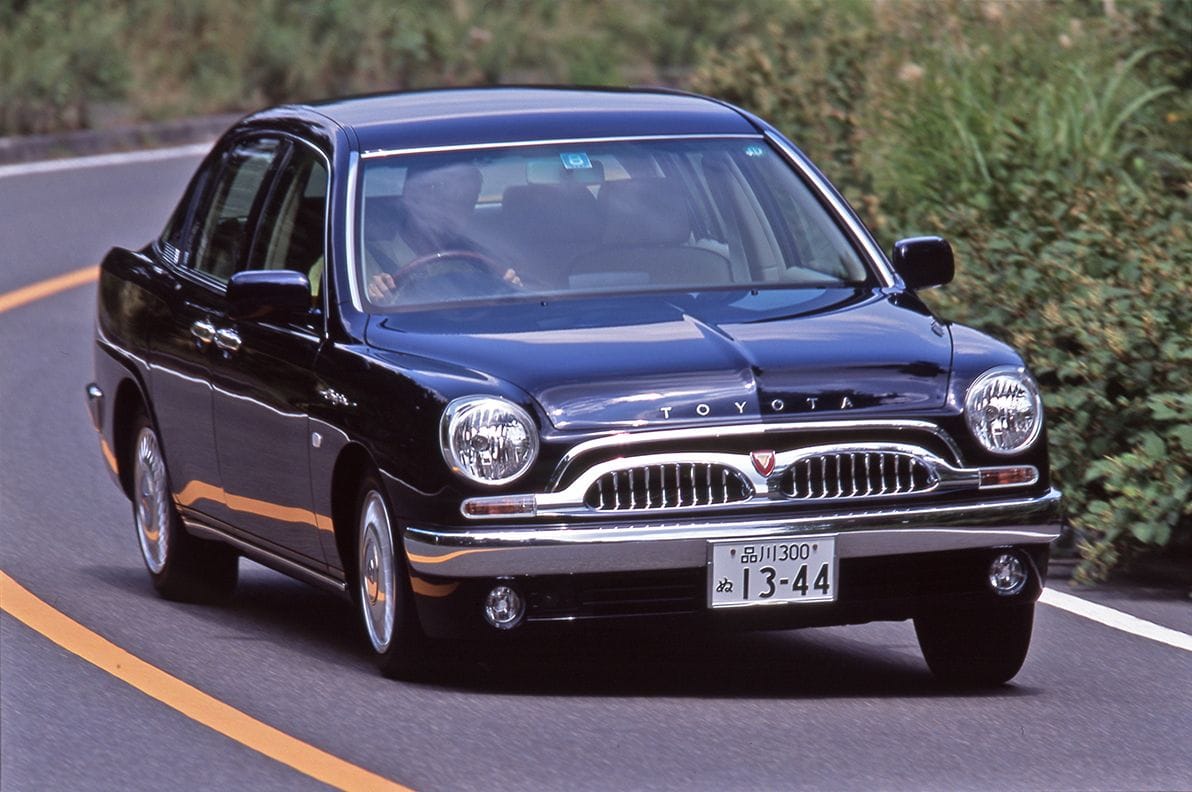
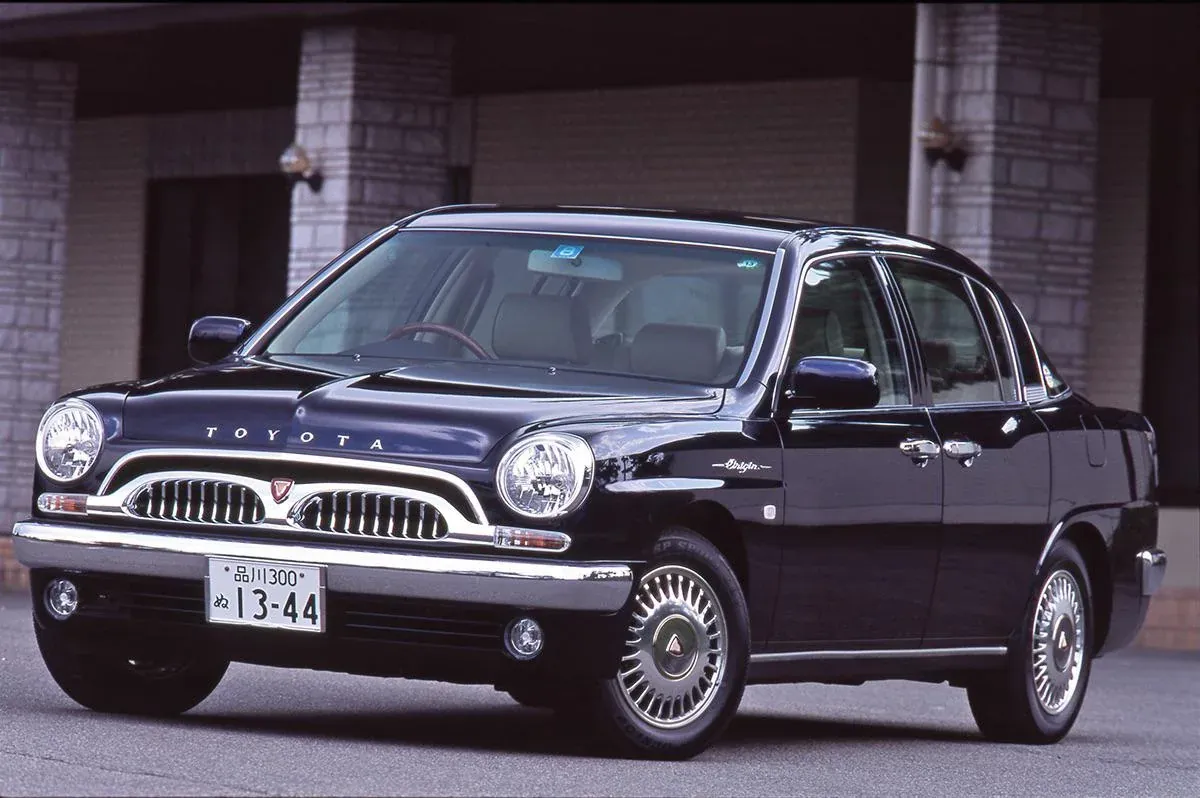
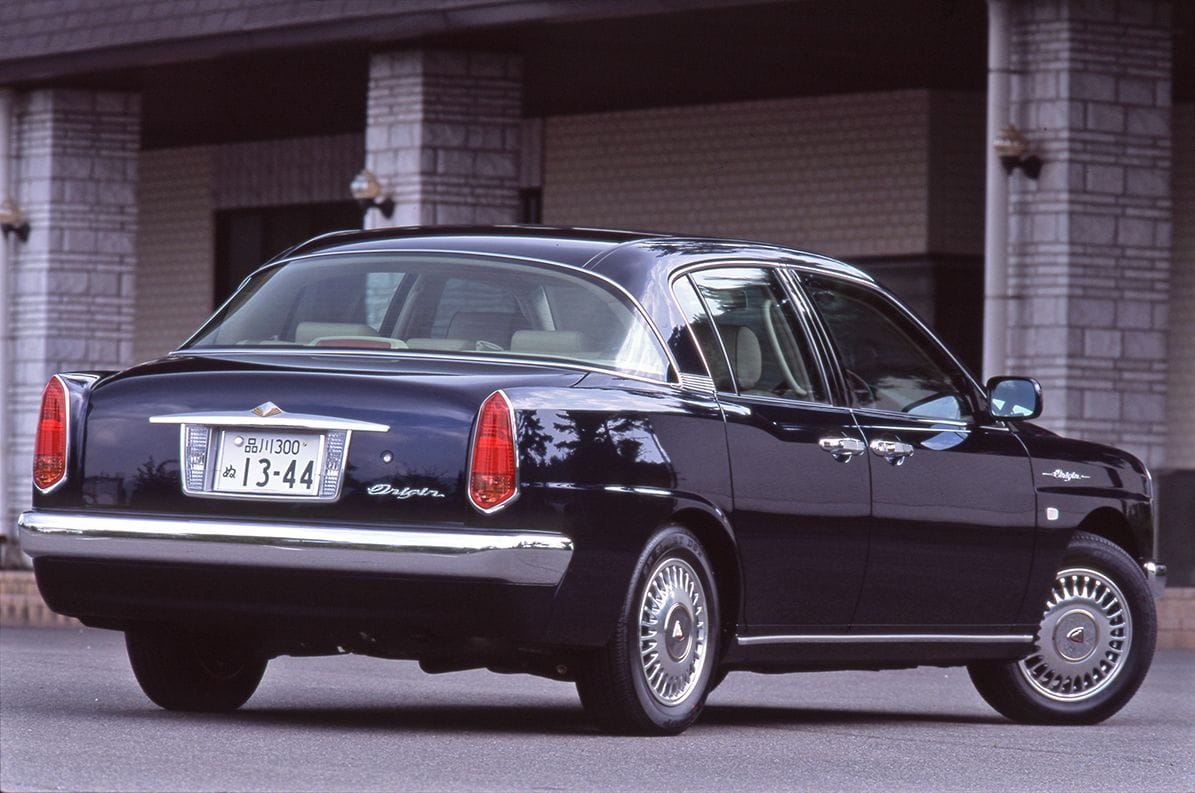
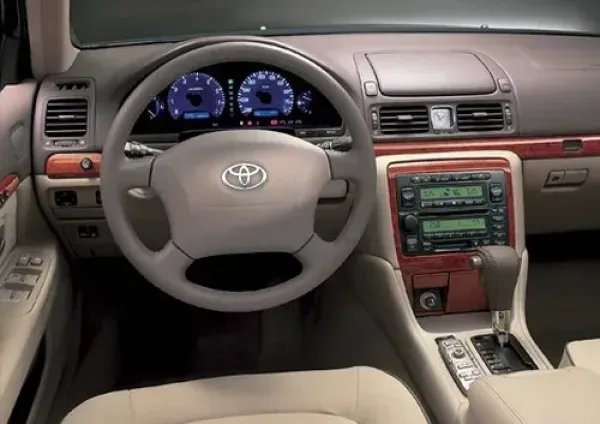
• source unknown, Toyota
With a hand-finished interior featuring sewed leather and real wood trim—not to mention those inviting rear suicide doors—the Origin was meant to be a cruiser. Interestingly, Toyota chose to fit very modern technologies for the time, including radar cruise control.




